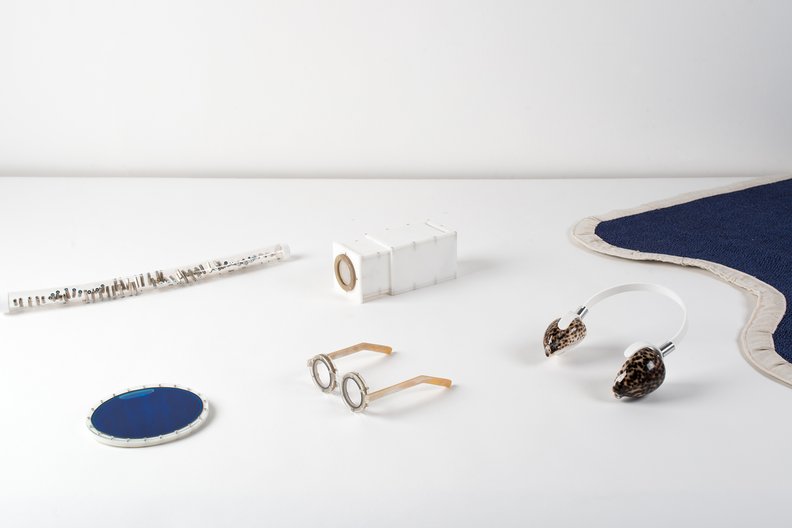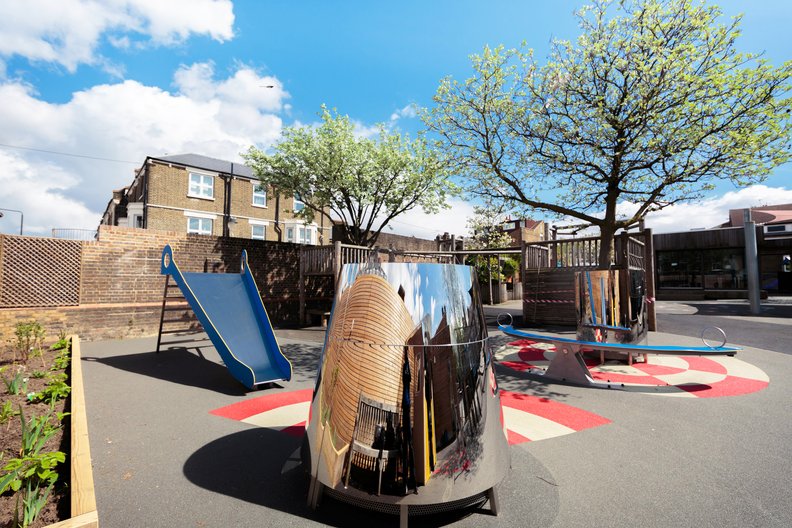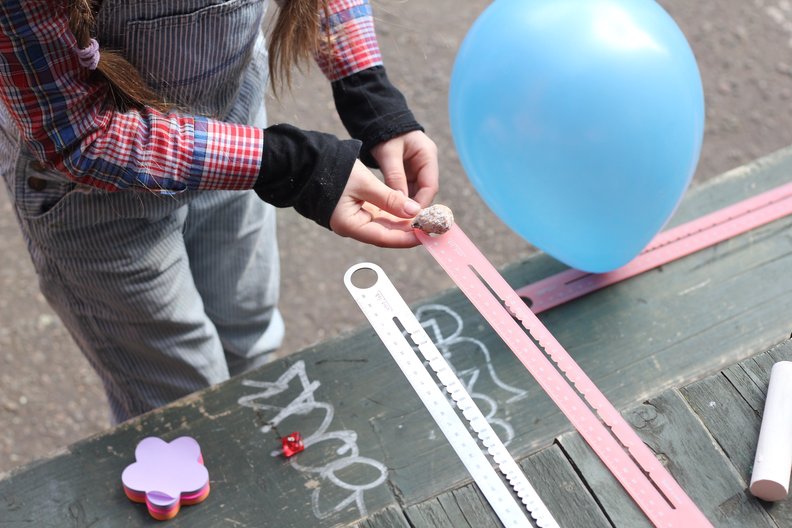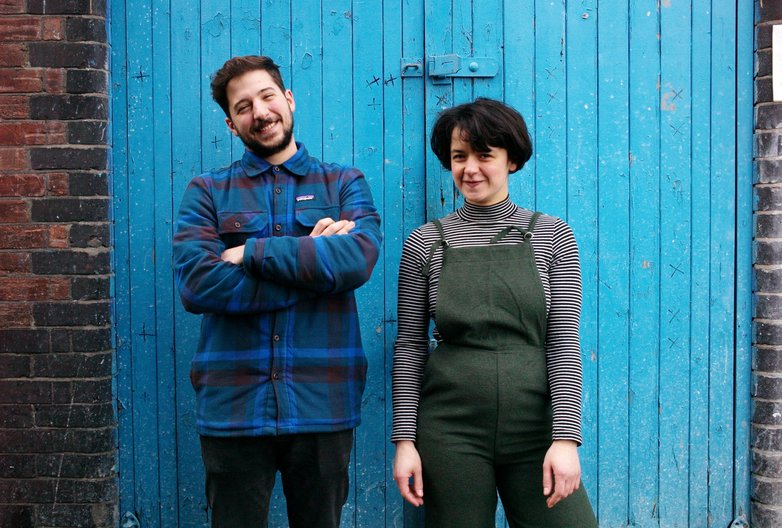17 September 2018
by Unit Lab
Design Connections 10x10 will return this year on Wednesday 19 September, showcasing a selection of the best emerging design talent in the UK, in collaboration with the Design Museum. We caught up with speakers Unit Lab to find out more about their practice.
Tell us about yourself or your practice.
Unit Lab was founded by designer-maker Cindy Strobach and designer-engineer Mike Vanis with the aim of bringing science out of the lab and into everyday life. Having met at the Royal College of Art, we launched our studio in November 2015 with the Gravity Ruler – a desktop tool for measuring both length and weight – and have gone on to work on a number of projects that translate scientific theory into physical objects. Alongside our core projects, we create workshops and installations for schools, museums and cultural institutions.
What are you working on at the moment?
We are currently working on a collection of products which includes new material versions of the Gravity Ruler, a Balancing Tray made from steel shots and Jesmonite, and Seashell Headphones for listening to the sea. During the first week of the Design Festival, we are occupying Deptford Market Yard where we will show these objects along with previous work. The collection is sustainably made in the UK and will be sold through our website.
What impact do you hope to see through your work?
All of our projects try to connect people with science and the natural world. Without necessarily explaining the science or technology behind it, our products try and create stories that people can connect with and apply to their everyday lives. In our opinion, design should be inclusive and accessible to everyone. Our anamorphic playground is built in a public school, with the help of local funding. When we give workshops, we find ways to make them free. And when we design products we make them affordable by calibrating the way they’re made.
Tell us about something you’ve worked on that’s made you feel proud.
I think the proudest we felt this year was when we just finished the Anamorphic Playground. The Anamorphic Playground is a permanent outdoor playground at Eleanor Palmer Primary School. The playground plays with perspective and visual distortion, inspired by the history of anamorphic art. After working outdoor through a hard winter with snow and the Beast from the East, we finally fixed the last bolts, with kids eagerly waiting beside us. When the ribbon was finally cut, they all jumped on the play pieces and immediately loved them. We literally saw 15 kids on the seesaw at the same time, fascinated by their reflection. On the slide, they instantly started inventing new games, racing down the wide section looking at themselves in the mirror.




